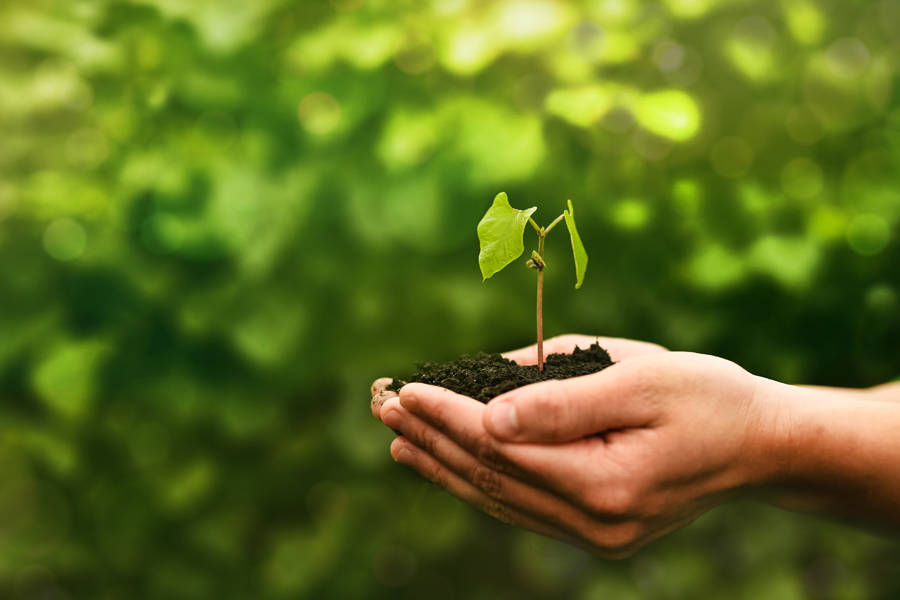
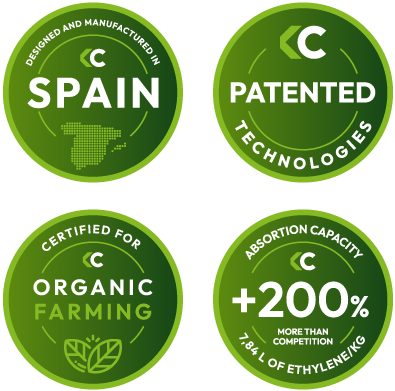
Over ten years of research and innovation focused on the preservation of perishable products make KEEPCOOL a benchmark in the agri-food sector and post-harvest conservation. KEEPCOOL stands for quality, continuous innovation, and the development of new products.
All our products and solutions are designed and manufactured in Spain.
Thanks to our solution, our customers have preserved over 43 million kg of fruits and vegetables per month, and we have prevented more than 3.5 million kg per month from being thrown away. With the waste we have prevented, it would be possible to feed over 250,000 people per year.
It is estimated that the world’s population will reach 8.5 billion by 2030 and 9.3 billion by 2050. Global demand for agricultural products is expected to increase over the next 40 years due to population and income growth. The specific demand for fruits and vegetables is also growing, as increased consumption of these products has been associated with a growing interest in a healthier diet and is expected to increase over time. International organizations have been urging nations around the world to promote the consumption of fruits and vegetables.

The Sustainable Development Goal (SDG) 12 of the 2030 Agenda aims to “ensure sustainable consumption and production patterns.” Target 3 of this goal aims to achieve “by 2030, the halving per capita global food waste at the retail and consumer levels and reducing food losses along production and supply chains, including post-harvest losses.”
Both food loss and waste are serious problems worldwide. According to the FAO, global food waste accounts for between one-third and one-half of all food produced. Much of the 125 to 160 billion tons of food estimated to be wasted each year, amounting to a loss of $1.2 trillion to the global economy, is perfectly edible and nutritious. One-tenth of the world’s population suffers from hunger, despite there being enough food produced to feed twice the global population.
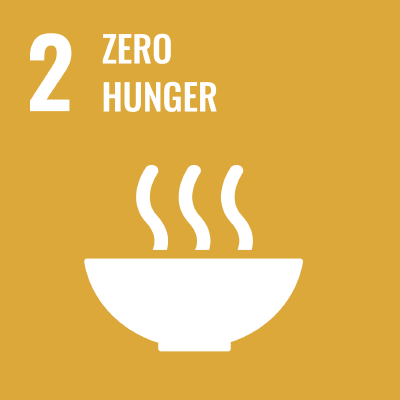
The targets of this goal primarily address improving nutrition by ensuring access for all people to healthy, nutritious, and sufficient food and eradicating all forms of malnutrition. They also focus on food production, agriculture, and the overall food system.
Most of the properties of fruits and vegetables are lost when they are conventionally stored, i.e., only in the refrigerator. Research has shown that vitamin C is necessary for the proper functioning of human physiological processes, as it is involved in vital processes and functions. According to the FAO, malnutrition type B is prevalent in countries like Asia, Africa, and Latin America, where despite having sufficient food, the consumed nutrients are deficient. The WHO coined this concept in March 2006, referring to the lack of nutrients present in some foods. More than 30% of the world’s population suffers from this deficiency. Both the WHO and the FAO emphasized the need to prevent malnutrition, including micronutrient deficiencies, at the Second International Conference on Nutrition.
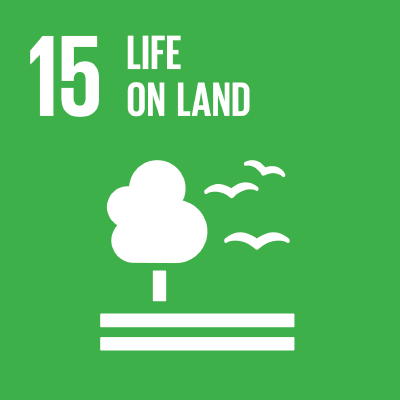
In Sustainable Development Goal 15 of the 2030 Agenda, which focuses on Life on Land, its target 15.3 addresses “combat desertification, restore degraded land and soil, including land affected by desertification, drought, and floods, and strive to achieve a land degradation-neutral world.”
The amount of wasted arable land per year equates to the surface area of the largest province in Spain in terms of area, which is approximately 22,000 km2, according to agricultural data from the Ministry of Agriculture.

Sustainable Development Goal 13 of the 2030 Agenda is Climate Action, urging urgent measures to combat climate change and its impacts. This includes both reducing greenhouse gas emissions and adapting to climate change.
An estimate from 2011 suggests that 112.92 million tons of carbon dioxide (CO2) equivalent are emitted annually in the United States from the production, processing, and disposal of avoidable food waste.
The global carbon footprint resulting from wasted fruits and vegetables that never reach the point of sale is around 3.3 million tons of CO2. This is double the CO2 emissions from road transport across the entire USA.
Climate change and food loss/waste are closely interconnected. According to recent estimates, 9% of greenhouse gas emissions are caused by lost or wasted food. Food loss and waste impact water and land resources, as well as biodiversity.
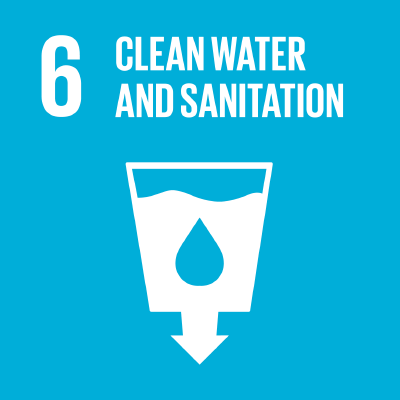
Sustainable Development Goal 6 of the 2030 Agenda is to ensure availability and sustainable management of water and sanitation for all. Target 6.4, Efficient Use of Water Resources, aims to significantly increase water-use efficiency across all sectors by 2030 and ensure sustainable extraction and supply of freshwater to address water scarcity and reduce the number of people suffering from water scarcity.
In the United States, the production of wasted food requires the expenditure of more than 25% of the total freshwater used in the country, around 300 million barrels of oil, and accounts for 2% of the annual energy consumption.
According to the Universidad Politécnica de Madrid, in collaboration with the Water Observatory of the Botín Foundation, the water footprint associated with food waste is equivalent to more than 130 liters of water per person per day, which is roughly equivalent to a large bathtub of water per person per day.